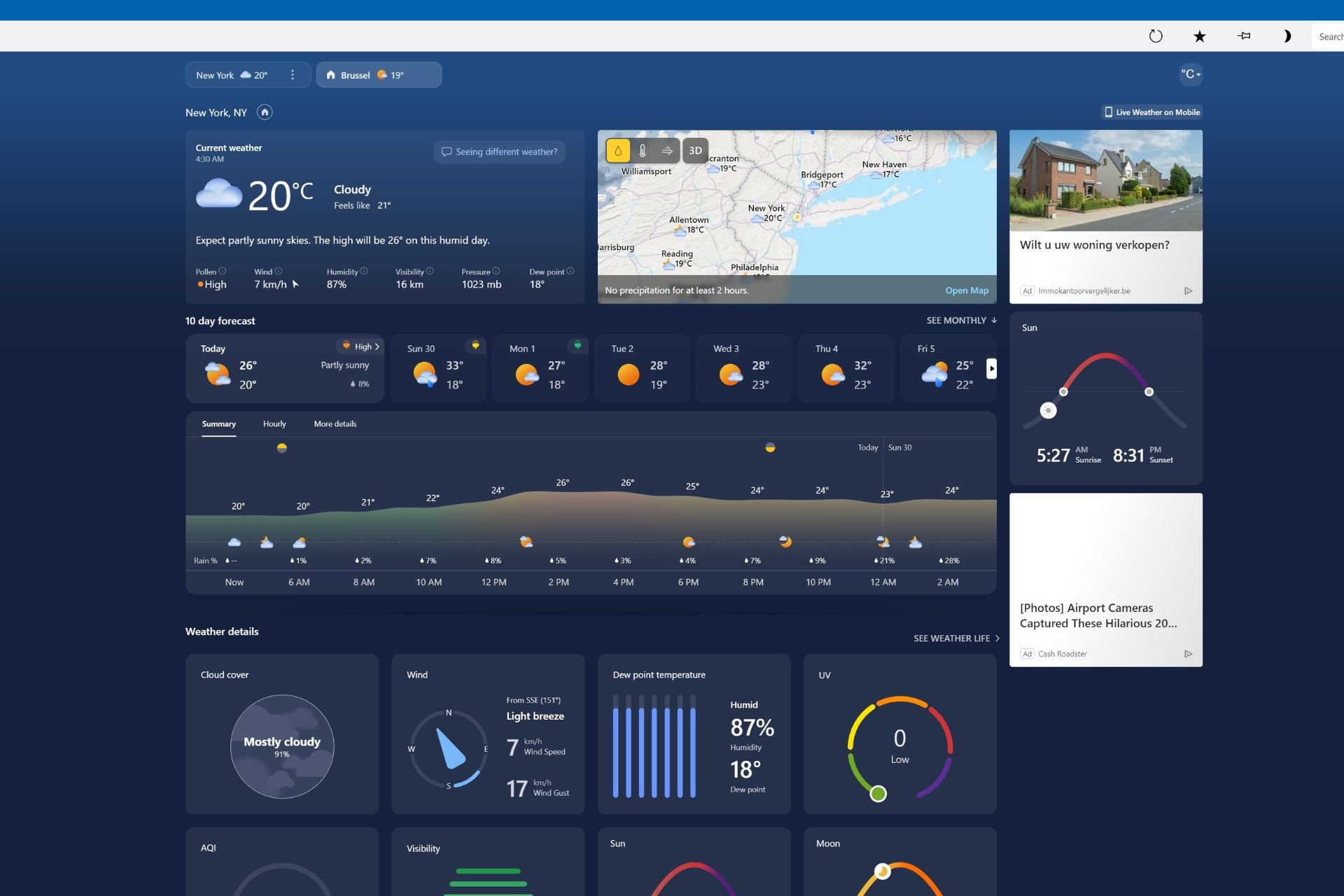Microsoft uses AI to design new ways to improve accessibility and inclusion
AI can generate detailed descriptions faster than us
3 min. read
Updated on
Read our disclosure page to find out how can you help Windows Report sustain the editorial team Read more

AI can help us address critical issues such as accessibility and inclusion. With AI tools, we could potentially fix social inequities. After all, the use of AI is becoming increasingly widespread across the globe. Also, tools like Seeing AI and Voiceitt are improving the lives of thousands.
Copilot and other generative AI assistants have additional capabilities that promote accessibility and inclusion. For example, they won’t get mad if someone asks them the same question. They don’t work on a schedule and are available 24/7.
How does generative AI help with accessibility?
Generative AI could enhance people’s perspective about the world by generating creative descriptions. As a result, this technology could change how we interact with objects like paintings, sculptures, and other works of art. However, that’s just one of its many uses.
Microsoft partnered with the Rijksmuseum, and the disability community to generate an exquisite experience for the people that are blind or have low vision. The final AI product describes various pieces of artwork in detail and increases their overall accessibility. Additionally, there are some 3d models available to help you feel the paintings.
During the pandemic, museum employees managed to describe 300 artworks. However, the number is small, and it took them an hour per description. Yet, with Copilot, they can do it for more than one million pieces.
Copilot has a record of being a game-changer for us. On top of that, it significantly improved the accessibility of Microsoft tools and services. Also, if you have spare time or want to know more, you can check This is my Copilot on YouTube to witness some personal stories.
Besides improving accessibility for people with disabilities, generative AI makes life easier for neurodivergent people. For example, Copilot can transcribe and summarize meetings for someone with ADHD.
Microsoft and Global Symbols are working on a project to offer people who can’t use their voice more easily understood symbols. In addition, they want to include more cultures and languages. Thus, fewer people will feel left behind.
The European Disability Forum considers AI a possible help. Yet, for it to be what we need, it is crucial to include many people from different backgrounds while testing and improving it. After all, the assistant has to learn how to handle specific situations to solve accessibility and inclusion-related issues.
What is Microsoft doing for accessibility?
Microsoft also supports the Zero Project initiative from Austria which contains various research on accessibility innovation and disability policies. In addition, most resources are highly accessible and available in different formats. Also, the project uses AI to make the best accessibility practices available for policymakers, tech innovators, and the disability community.
Ultimately, Microsoft uses its AI to help companies and organizations with their projects meant to improve accessibility and inclusion. Furthermore, thousands are using AI to aid them daily. However, we are far from fixing social inequities. Yet, AI can speed up the process and find the best ways towards that goal.
What are your thoughts? Can AI improve accessibility and inclusion? Let us know in the comments.








